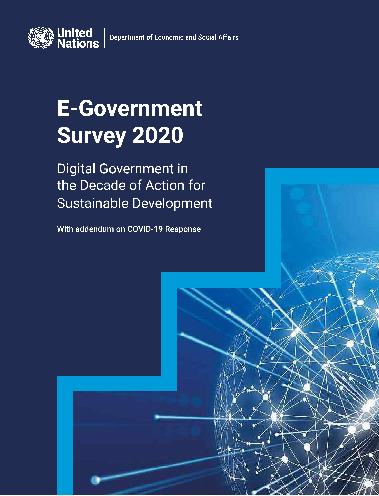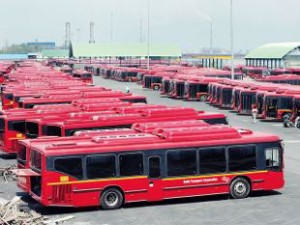World e-government coverage remains limited

World e-government coverage remains limited according to the 2020 edition of the United Nations E‑Government Survey which was released on 10 July 2020 (1). This is in spite of most countries and municipalities currently pursuing digital government strategies, many with innovative initiatives.
The 2020 ranking of the 193 UN Member States in terms of digital government – capturing the scope and quality of online services, status of telecommunication infrastructure and existing human capacity – is led by Denmark, the Republic of Korea, and Estonia, followed by Finland, Australia, Sweden, the United Kingdom, New Zealand, the United States of America, the Netherlands, Singapore, Iceland, Norway and Japan.
Among the least developed countries, Bhutan, Bangladesh and Cambodia have become leaders in digital government development, advancing from the middle to the high E-Government Development Index (EGDI) group in 2020. Mauritius, the Seychelles, and South Africa are leading the e-government ranking in Africa. Overall, 65 per cent of Member States are at the high or very high EGDI level.
In responding to the health emergency, governments have put in place new tools, such as dedicated COVID-19 information portals, hackathons, e-services for supply of medical goods, virtual medical appointments, self-diagnosis apps and e-permits for curfews. Many countries were quick to deploy tracking and tracing apps, and apps for working and learning from home.
Innovative digital government responses to COVID-19 include online dashboards in Canada and Australia to share information and track emergency responses. In China, chatbots are used to assess patients’ risk of being infected. A community engagement app in Estonia allowed local governments to directly interact with their constituents, including through sharing COVID-19 information, posting photos and videos and even organizing virtual events. In Croatia, a “virtual doctor” is powered by artificial intelligence and developed by technology firms in cooperation with epidemiologists. In London, the use of cameras, sensors and AI algorithms, normally intended to control traffic, now measures distance between pedestrians to control social distance.
E-government progress still hindered by digital divide
As a development tool, the E-Government Survey examines countries’ strengths, challenges and opportunities, and informs policies and strategies. The 2020 edition found that progress has been made across all regions, even in the least developed countries. Over 22 per cent of countries were promoted to higher levels of e-government development.
Yet, despite the gains and major investments in e-government by many countries, the digital divide persists. Seven out of eight countries with low scores are in Africa and belong to the least developed countries group. The regional average index scores for countries in Africa are almost one third lower (at 0.3914) than the world average EGDI of 0.60.
Alongside these trends, the COVID-19 pandemic has now not only reinvigorated the role of digital government in its conventional delivery of public services and in ensuring business continuity, it has also brought about innovative ways in managing the crisis, such as in contact tracing, e-health, online learning, and remote working.
About the UN E-Government Survey
The UN E-Government Survey, published by the UN Department of Economic and Social Affairs (UN DESA), is prepared over a two-year period following an established methodology. It looks at how digital government can facilitate integrated policies and services across 193 UN Member States. The Survey supports countries’ efforts to provide effective, accountable and inclusive digital services to all and to bridge the digital divide and leave no one behind.
(1) This blog is an amended version of the accompanying UN press release

